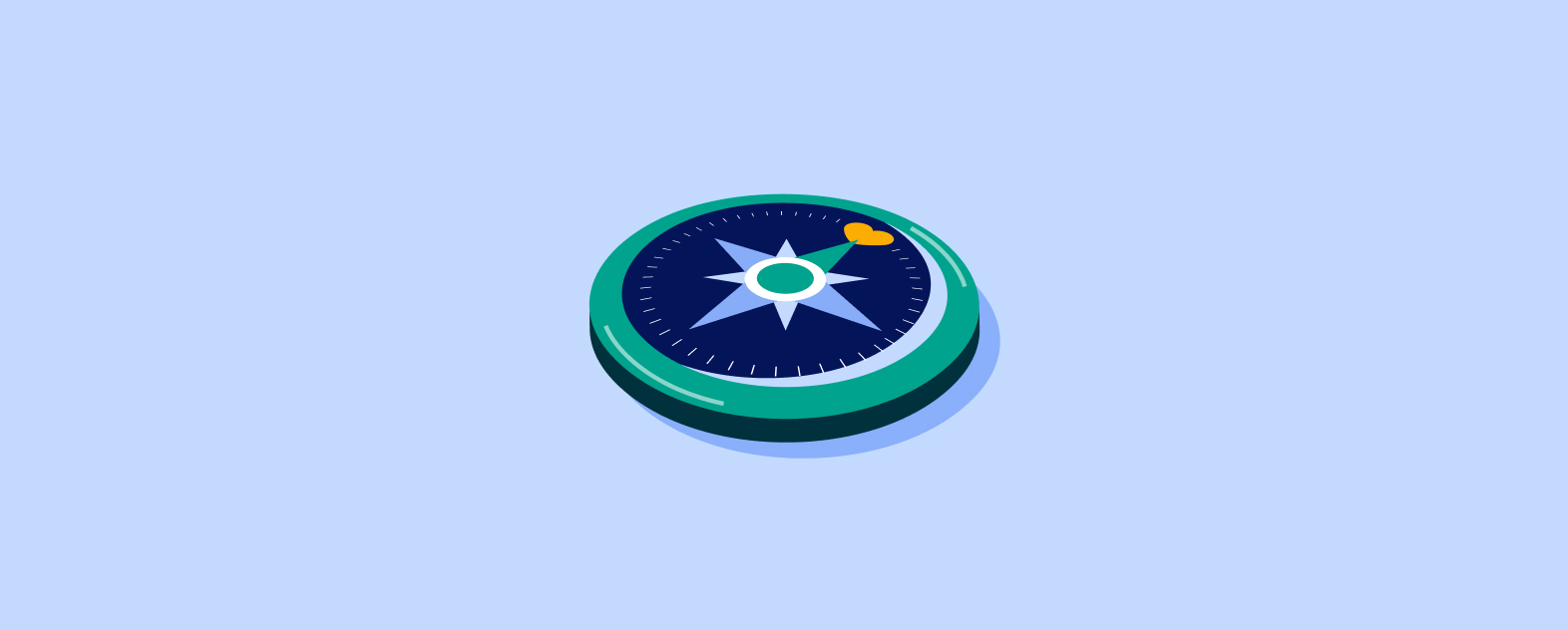You can get more out of your TIAA IRA
Rolling your existing workplace and IRA accounts into a single IRA can make it easier to track and pursue your retirement goals. To begin your rollover, choose an option below.
The basics
What is an IRA rollover?
An IRA rollover1 is the process of transferring funds from an employer-sponsored retirement plan, often a 401(k) or 403(b), into an IRA retirement account. You can also roll over from another IRA. As you switch jobs or retire, an IRA rollover allows you to keep potential tax benefits and move funds to an account that can offer more investment options and flexibility than many employer-sponsored retirement plans.
Why rollover
Saving for the future shouldn't feel like work
No account fee
Eliminate overlapping costs and pay no annual account fee with TIAA.2
No minimum
Transfer any amount and benefit from no-fee and low-fee investment options.
Professional advice
Invest on your own and get advice at no additional cost,3 or let us do the investing for you.
Lifetime income
Get access to TIAA's exclusive IRA option of guaranteed income for life.4
How to get started
Ready to begin your TIAA IRA rollover?
Start online
Get moving on your rollover with our seamless online application.
Give us a call
Speak with a consultant for assistance from start to finish. Available weekdays, 8 a.m. – 7 p.m. (ET), at
Education
Unsure about rolling over? Explore your options.
You've got options. Keep these pros and cons in mind as you explore rolling money into your TIAA IRA.
Options1 |
Pros |
Cons |
|---|---|---|
Leave money in your former employer's plan. |
|
|
Roll over your money into an IRA. |
|
|
Move money into your new employer's plan. |
|
|
Withdraw your money in cash. |
|
|
What people ask us
Can I roll over a 401(k), 403(b) or other types of accounts?
Yes. You can generally roll over these accounts to TIAA IRAs:
- 401(k)
- 403(b)
- 457(b)
- Roth IRA
- Traditional IRA
- Simple IRA
- SEP IRA
What are the IRA rollover rules?
The IRS sets IRA rollover rules. The rules generally require you:
- Reinvest funds in the rollover IRA within 60 days
- Limit yourself to one rollover per year
- Do not roll over required minimum distributions, aka RMDs
What are the types of IRA rollovers?
The two main types of IRA rollovers are direct and indirect rollovers. In a direct rollover, your financial institution or retirement plan administrator directly sends funds to a TIAA IRA. In an indirect IRA rollover, the financial institution sends you the funds. You must reinvest the funds in the new IRA.
Can I roll over unused 529 savings?
Yes. If you have unused savings in a 529 plan, you may roll over your 529 funds into a Roth IRA.1
Under the SECURE Act 2.0, beneficiaries of 529 plans with unused savings may roll these funds into a Roth IRA under these conditions:
- The 529 plan has existed for at least 15 years
- Funds must be rolled into a Roth IRA, not a Traditional IRA
- Funds you’re planning to roll over must’ve been in the 529 plan for at least five years
- The 529 plan beneficiary must be the same as the Roth IRA account owner
- You must have earned income to rollover 529 funds to a new or existing Roth IRA
- The amount you roll over must be less than the annual Roth contribution limits set by the IRS
- In addition to the annual limits, you can roll over a lifetime maximum of $35,000 from the 529 plan
- Speak with a consultant for assistance from start to finish: 844-TIAA-IRA (844-842-2472)
1Please consult your tax professional prior to your rollover. You and your 529 plan provider are responsible for maintaining documentation and complying with applicable IRS regulations for 529 rollovers to your Roth IRA.
We’re here to help
Give us a call at 844-TIAA IRA (844-842-2472), weekdays, 8 a.m. to 7 p.m. ET, or schedule an appointment.

1Prior to rolling over, consider your other options. You may be able to leave money in your current plan, withdraw cash or roll over the assets to a new employer’s plan, if one is available and rollovers are permitted. Compare the differences in investment options, services, fees and expenses, withdrawal options, required minimum distributions, other plan features and tax treatment. Speak with a TIAA consultant and your tax advisor regarding your situation. Learn more at TIAA.org/reviewyouroptions.
2There is no account fee to own a TIAA IRA; however, brokerage transaction fees may apply. In addition, investors are subject to the underlying funds’ portfolio management fees and expenses.
3Financial consultants provide advice and education using an advice methodology from an independent third party.
4Any guarantees under annuities issued by TIAA are subject to TIAA’s claims-paying ability.
This material is for informational or educational purposes only and is not fiduciary investment advice, or a securities, investment strategy, or insurance product recommendation. This material does not consider an individual’s own objectives or circumstances which should be the basis of any investment decision.
TIAA Brokerage, a division of TIAA-CREF Individual & Institutional Services, LLC, Member FINRA and SIPC, distributes securities. Brokerage accounts are carried by Pershing, LLC, a subsidiary of The Bank of New York Mellon Corporation, Member FINRA, NYSE, SIPC.
Annuity contracts may contain terms for keeping them in force. We can provide you with costs and complete details.
TIAA Traditional is a fixed annuity product issued through these contracts by Teachers Insurance and Annuity Association of America (TIAA), 730 Third Avenue, New York, NY, 10017: Form series including but not limited to: 1000.24; G-1000.4; IGRS-01-84-ACC; IGRSP-01-84-ACC; 6008.8. Not all contracts are available in all states or currently issued.



